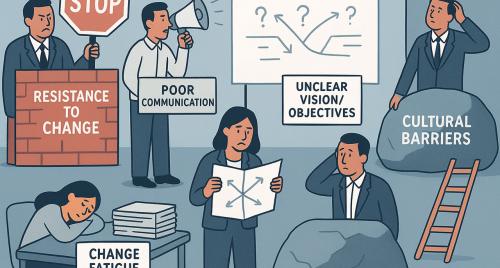
When our resilience is tested – relationships problems, health issues, workplace, or financial stress - it can be overwhelming. You can often spend hours living inside the confines of your head, a habit that is difficult to break. However, by combating this with structure and knowledge, you can adopt some effective techniques to manage your resilience and bounce back.
In 2009, a study conducted by the Mount Sinai School of Medicine established that resilience is an innate trait of the human brain. Everyone experiences stressful life events, and we all possess the ability to be resilient. Furthermore, the study found that this trait can be strengthened via various forms of therapy. One of the techniques is Cognitive Behavioural Therapy (CBT) which can result in the revaluation of challenging events into a positive light.
Cognitive Behavioural Therapy (CBT)
CBT is a problem-focused and action-oriented form of therapy. It focuses on challenging unhelpful behaviours and improving your emotional response to the next stressful event. This therapy, often under the guidance of a trained therapist, can take many forms but below is a simple three-step process based on CBT principles that you can use and add to your resilience toolkit.
Ground Yourself
Make time and space to acknowledge your emotions, through rest, meditation, and exercise. It is necessary to let your brain have adequate time to experience the events and slow down. Breathing exercises are a great way to ground yourself. Here are some breathing exercises you can try:
- 4-7-8 – Breathe in for 4 seconds, hold your breath for 7 seconds and breathe out for 8 seconds. If you find this is too difficult, you can try the next technique and build your way up.
- Box Breathing - Focus your mind on your breathing and inhale slowly through your nose for 4 seconds, hold your breath for 4 seconds and exhale slowly for another 4 seconds.
Appraise the Situation
Take stock of what has changed or the challenges you are facing. Evaluate the quantifiable consequences of what has happened and ask yourself questions you can answer easily; “What have I lost?”, “How can I recover?”, “How does this affect my long-term personal goals?” and “To what extent can I move forward from this?”. After considering the above questions, apply the Circle of Concern model to identify what is currently in your realm of control and let go of those things currently outside of your control.
Recontextualise
Use the answers in the last step to help you re-evaluate what has happened. For example, COVID-19 related restrictions have meant we have been confined to our homes, but it allowed us to spend time with loved ones and make meaningful connections that we may not have otherwise been able to achieve. In doing this, you are associating positive emotions with the stressful event, reframing it into an opportunity for growth.
Never Stop Learning
Ultimately, not every technique will help everyone, and CBT often works best when guided by a trained therapist. Resilience is a skill that can be trained with the right tools and techniques.
Remember it is ok to ask for help and support. For most people, the stress and anxiety related to the current circumstances will be temporary and will reduce over time however, if you are feeling overwhelmed or feel a complete lack of resilience, it is important that you seek professional support. Many medical centres are offering telehealth services (consultations held over the phone or via video conferencing).
Check out our Building Personal Resilience blog for some more strategies to further build your resilience.







